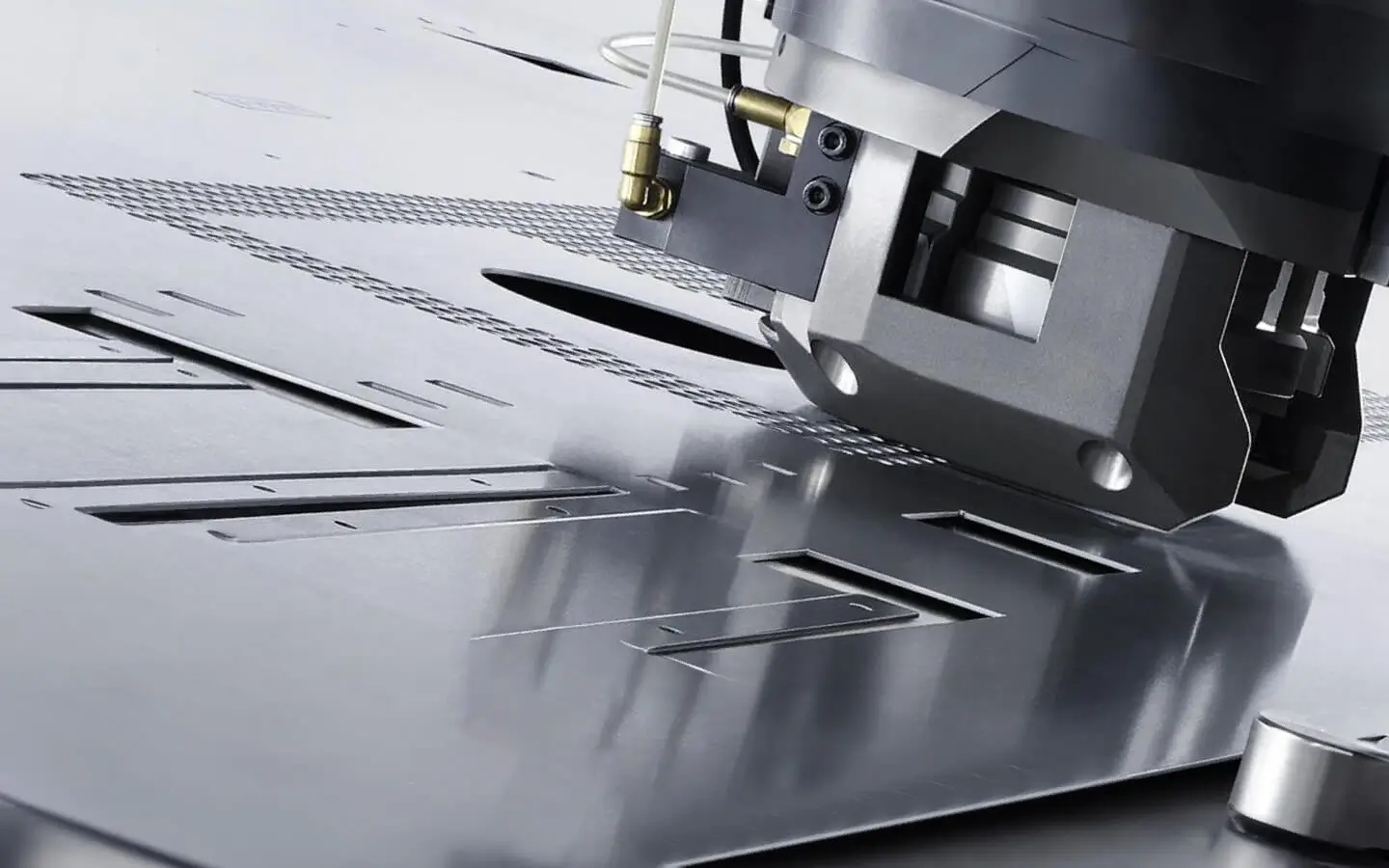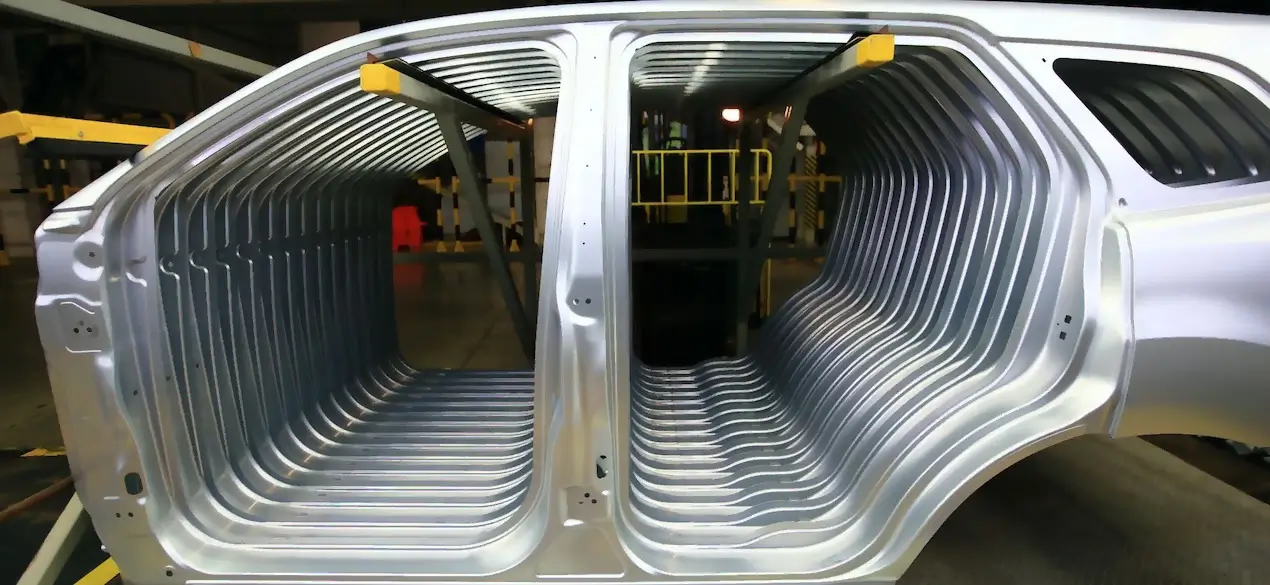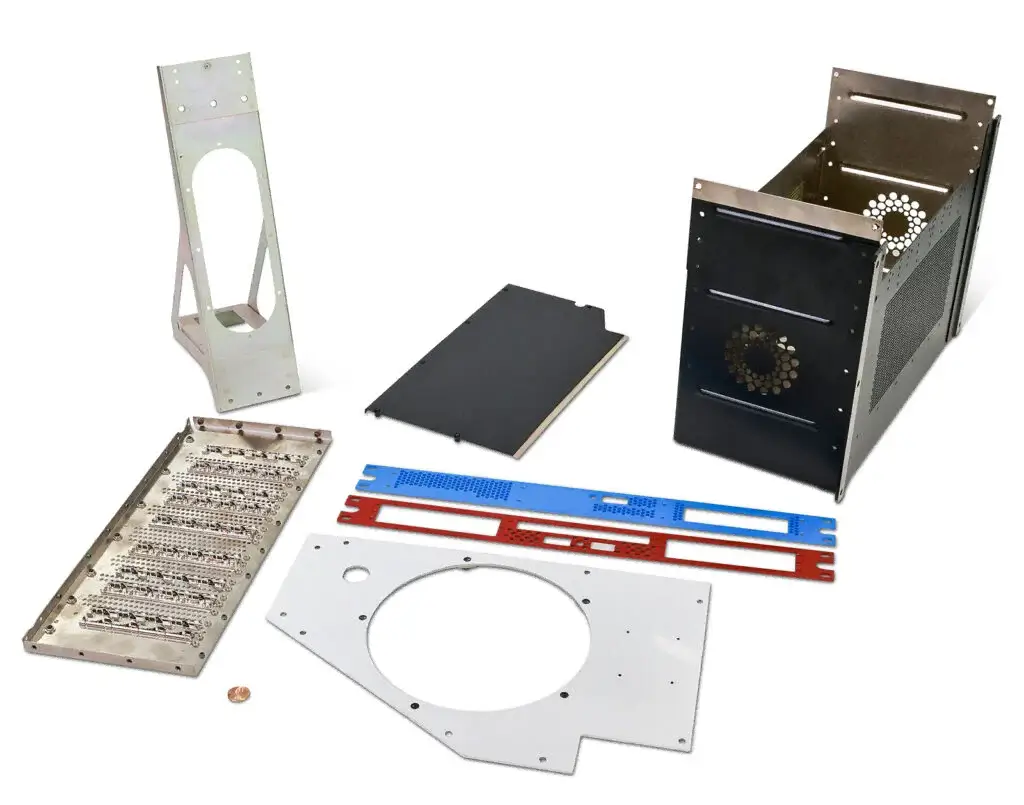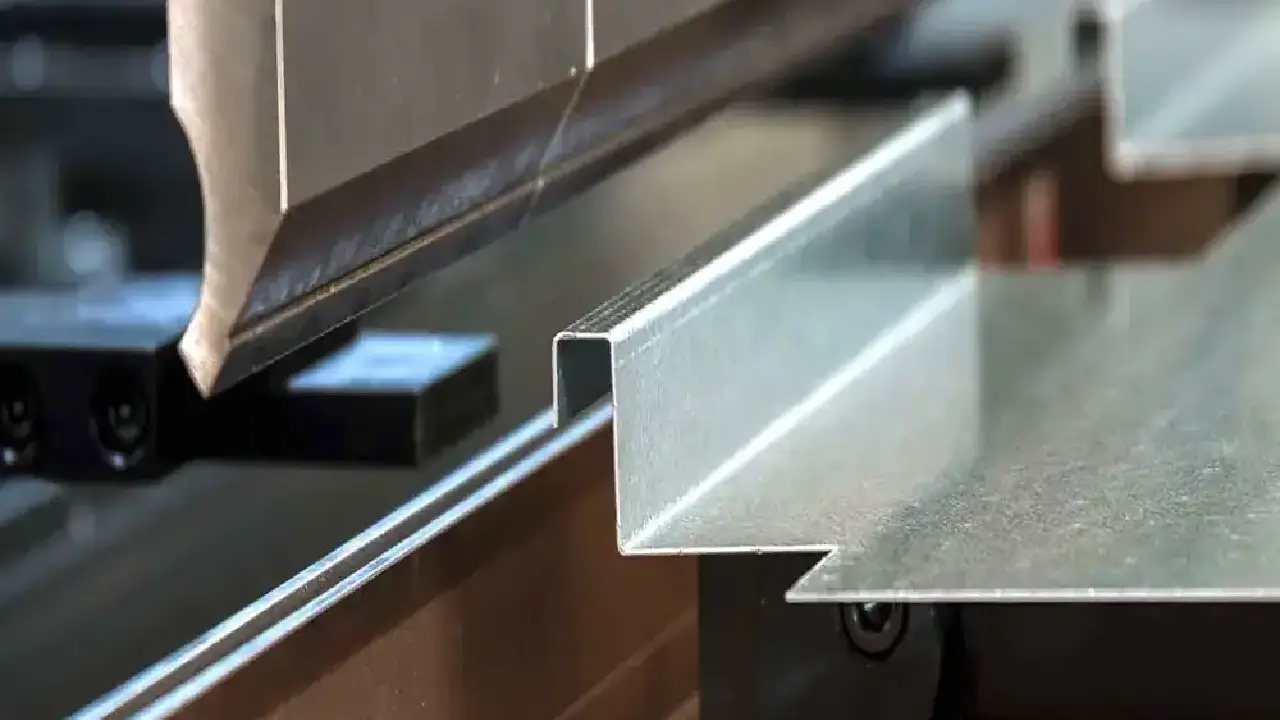In today’s fast-paced industrial landscape, sheet metal processing serves as the backbone of countless products we encounter daily—from automotive components and aerospace structures to household appliances and electronic enclosures. This intricate manufacturing discipline transforms flat metal sheets into precise, functional shapes through a combination of technical expertise, advanced machinery, and innovative techniques. In this definitive guide, we’ll explore the ins and outs of sheet metal processing, its importance across industries, the materials involved, and the key methods that drive its success. Whether you’re a manufacturer, engineer, or simply curious about the mechanics of modern manufacturing, this article will provide valuable insights into this essential field.
1. What is Sheet Metal Processing?
Sheet metal processing is a broad term encompassing a variety of techniques used to shape and manipulate flat metal sheets into desired forms. Unlike bulk metalworking processes, which often involve casting or forging, sheet metal processing focuses on thin, malleable metal sheets, typically ranging in thickness from a fraction of a millimeter to several centimeters. The goal is to transform these sheets into functional components or structures through precise cutting, bending, joining, and finishing operations.
At its core, sheet metal processing relies on the plasticity of metals, allowing manufacturers to create complex geometries while maintaining structural integrity. This versatility makes it a cornerstone of industries where lightweight yet durable components are essential. From prototyping to large-scale production, sheet metal processing offers cost-effective solutions for creating everything from simple brackets to intricate aerospace parts.

2. Why Sheet Metal Processing Matters in Modern Manufacturing
The significance of sheet metal processing cannot be overstated. Here’s why it plays a pivotal role in global industries:
·Versatility: Sheet metal can be shaped into almost any form, from simple flat pieces to intricate 3D structures, making it suitable for diverse applications.
·Cost-Effectiveness: The use of thin metal sheets reduces material waste, and automated processes streamline production, lowering costs without sacrificing quality.
·Lightweight Durability: Metals like aluminum and steel offer a balance of strength and weight, ideal for industries such as automotive and aerospace, where fuel efficiency and performance are critical.
·Customization: Sheet metal components can be tailored to exact specifications, enabling manufacturers to meet unique design requirements.
·Innovation Driver: Advancements in sheet metal processing techniques, such as laser cutting and CNC bending, have unlocked new possibilities for creating high-precision, complex parts.
Without sheet metal processing, many of the products we rely on daily—from smartphones to automobiles—would not exist in their current form. Its adaptability and efficiency continue to drive innovation across manufacturing sectors.
3. Key Materials Used in Sheet Metal Processing
The choice of material in sheet metal processing depends on the application’s requirements, such as strength, corrosion resistance, and cost. Here are the most commonly used materials:
·Steel: Renowned for its strength and durability, steel is a go-to material for heavy-duty applications. Variations like stainless steel offer enhanced corrosion resistance, making them suitable for medical devices, food processing equipment, and outdoor structures.
·Aluminum: Lightweight and corrosion-resistant, aluminum is ideal for industries where weight reduction is critical, such as aerospace and automotive. It also conducts heat and electricity efficiently, making it suitable for electronics.
·Copper: Highly conductive and malleable, copper is often used in electrical components, wiring, and heat exchangers.
·Brass and Bronze: These alloys combine corrosion resistance with aesthetic appeal, making them popular for decorative fixtures, plumbing components, and musical instruments.
·Titanium: While more expensive, titanium’s exceptional strength-to-weight ratio and corrosion resistance make it indispensable in aerospace and medical applications.
Each material offers unique properties, allowing manufacturers to select the best option for their specific needs.

4. Core Techniques in Sheet Metal Processing
Sheet metal processing involves a range of techniques, each designed to achieve specific outcomes. Below, we break down the most common methods:
4.1 Cutting Methods
Cutting is a fundamental step in sheet metal processing, used to shape metal sheets into precise sizes and forms. Modern cutting techniques combine accuracy with efficiency:
·Laser Cutting: Using a high-powered laser to melt, burn, or vaporize material, laser cutting offers unmatched precision. It is ideal for intricate designs, thin materials, and applications where minimal heat distortion is critical, such as electronics and medical devices.
·Plasma Cutting: This method employs a high-velocity jet of ionized gas to melt and remove material. Plasma cutting is faster than laser cutting and suitable for thicker metals, making it a staple in heavy manufacturing.
·Waterjet Cutting: A cold-cutting process that uses a high-pressure waterjet (sometimes mixed with abrasives), waterjet cutting avoids heat-related deformation. It is often used for delicate materials or those sensitive to thermal stress.
·Die Cutting: Utilizing specialized dies, die cutting is efficient for mass-producing identical parts from thin materials like sheet metal or plastic.
4.2 Bending Techniques
Bending transforms flat metal sheets into three-dimensional shapes, creating components like brackets, enclosures, and chassis:
·Press Brake Bending: The most common bending method, press brake bending uses a hydraulic or mechanical press to deform metal between a punch and die. It allows for precise control over bend angles and radii.
·Roll Bending: Ideal for creating curved or cylindrical shapes, roll bending involves feeding metal through a series of rollers to achieve the desired curvature.
·Tube Bending: This technique shapes tubes or pipes into specific angles and curves, essential for applications in automotive exhaust systems, furniture, and construction.
4.3 Shearing Processes
Shearing involves applying a cutting force to separate metal along a straight or curved line:
·Guillotine Shearing: Similar to a large pair of scissors, guillotine shearing uses a sharp blade to cut straight edges in sheet metal. It is efficient for mass production.
·Rotary Shearing: This method uses rotating blades to cut intricate shapes with high precision, minimizing material deformation.
4.4 Punching and Stamping
Punching and stamping create holes, slots, or complex features by applying force to metal sheets:
·Turret Punching: A computer-controlled process that uses a turret press with interchangeable dies to create multiple holes or shapes in a single operation.
·Deep Drawing: A stamping technique used to form shallow or deep cavities in metal sheets, commonly seen in automotive panel manufacturing.
5. Applications of Sheet Metal Processing Across Industries
Sheet metal processing’s versatility makes it indispensable in numerous sectors:
·Automotive: From body panels and chassis components to exhaust systems and engine parts, sheet metal is integral to vehicle manufacturing.
·Aerospace: Lightweight yet durable aluminum and titanium sheets are used in aircraft fuselages, wings, and interior components.
·Electronics: Sheet metal enclosures protect sensitive electronic components from environmental damage while ensuring thermal dissipation.
·Appliances: Refrigerators, washing machines, and ovens rely on sheet metal for their structural integrity and design.
·Construction: Sheet metal is used in roofing, gutters, and HVAC ductwork, offering corrosion resistance and longevity.
·Medical: Stainless steel sheets are transformed into surgical instruments, implants, and equipment housings due to their hygienic properties.
6. Choosing the Right Sheet Metal Processing Partner
Selecting a reliable sheet metal fabricator is crucial for ensuring high-quality results. When evaluating potential partners, consider the following:
·Expertise: Look for a manufacturer with experience in your specific industry and a track record of delivering complex projects.
·Technology: Advanced machinery like CNC laser cutters and automated press brakes ensure precision and efficiency.
·Quality Control: Robust quality assurance processes, including material testing and dimensional inspections, guarantee consistent results.
·Scalability: The ability to handle both prototyping and large-scale production is essential for growing businesses.
·Cost-Effectiveness: A transparent pricing model and a focus on minimizing material waste can help reduce overall costs.

7. FAQs About Sheet Metal Processing
Q: What thicknesses of metal can be processed?
A: Sheet metal thicknesses typically range from 0.5 mm to 6 mm, though some processes can handle thicker materials.
Q: Can sheet metal processing be used for prototyping?
A: Yes! Prototyping with sheet metal allows designers to test concepts quickly and cost-effectively before full production.
Q: How is sheet metal finished?
A: Finishing processes include painting, powder coating, plating, or polishing to enhance appearance, durability, and corrosion resistance.
Q: What industries benefit most from sheet metal processing?
A: Automotive, aerospace, electronics, construction, and medical industries are among the largest beneficiaries due to the need for lightweight, customizable components.

